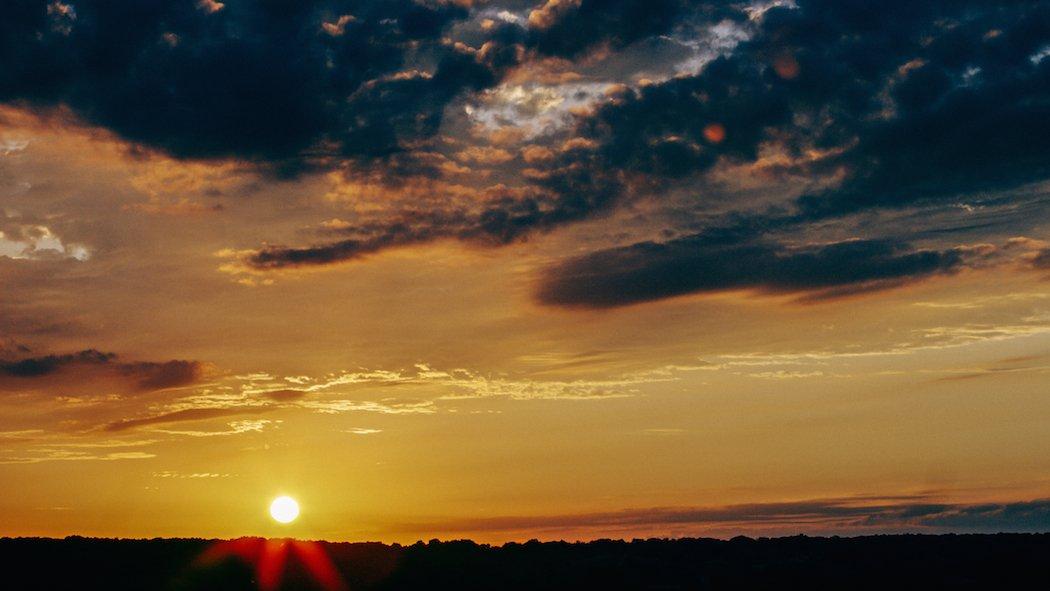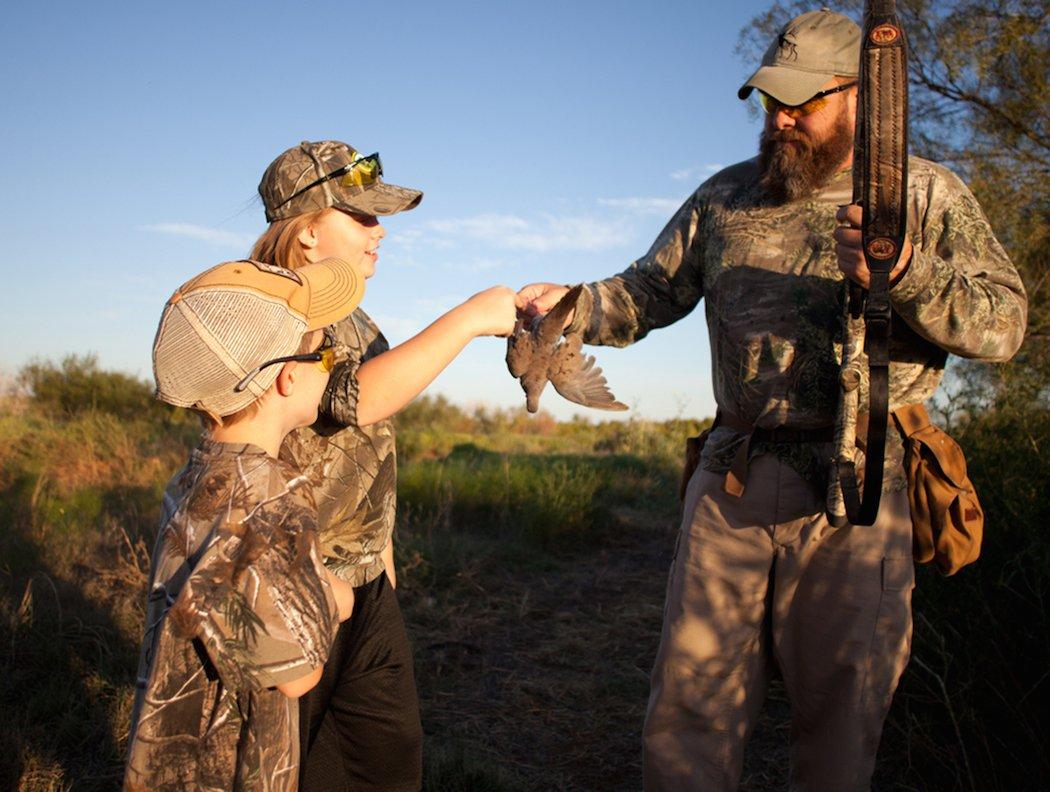Participation in small-game hunting continues to decline
Shaine Nixon misses the old days, when his family religiously hunted for squirrels in the Angelina National Forest near Lufkin, Texas. He joined in the tradition when he was 8 and still remembers those early outdoor experiences.
My great-grandmother would make homemade yeast rolls every day, with bacon ends, and would usually bring in more squirrels than all of us boys, Nixon said, East Texas regional director for the National Wild Turkey Federation. One year, my great-grandpa harvested over 1,000 squirrels. What a year.
Other hunters of Nixon's generation—he's 47—probably recall similar experiences. Small-game hunting used to be an integral part of the outdoor lifestyle and family recreation, and untold numbers of pre-teens and teenagers learned about hunting by pursuing squirrels, rabbits, birds, and other small game.
Of course, times have changed. Deer and turkey hunting dominate the outdoor landscape nowadays, and youngsters often take a buck or a gobbler as their first game animal. There's nothing wrong with that, as deer and turkeys offer abundant opportunities and have great appeal. Still, observers caution that small-game hunting should not be ignored, as it provides tremendous recreation and teaches critical woodcraft and shooting skills. They worry that small-game participation continues to slide, and they wonder whether hunters can reverse the trend—or if they even want to.
DOWNWARD TRENDS
Statistics don't tell a kind story. According to data from the 2011 National Survey of Fishing, Hunting and Wildlife-Associated Recreation, published by the U.S. Fish and Wildlife Service, the number of Americans who participated in small-game hunting decreased from about 5.43 million in 2001 to about 4.51 million in 2011, a decline of about 17 percent. Total days spent pursuing small game dropped from about 60.14 million in 2001 to 50.88 million in 2011, or a decrease of about 15 percent.

I think (small-game hunting) probably peaked in 1980 or so, when the number of hunters peaked, said Keith Warnke, hunting and shooting sports coordinator for the Wisconsin Department of Natural Resources. A growing interest in deer hunting may have led people to an increasing focus on that, especially also given the dramatic advances in archery technology.
That shift might reflect a natural transition, as turkey and white-tailed deer numbers increased or even exploded through much of the eastern United States, while some small-game species decreased.
A decline in wildlife habitat and subsequent small-game populations is one of the contributing factors to our nation's loss of small-game hunters, said Jared Wiklund, public relations specialist for Pheasants Forever. Unlike deer and turkeys, small-game populations—especially upland game birds—have not adapted to urban sprawl and habitat loss. When weather and habitat conditions produce an increase in small-game populations, an increase in hunter participation is usually noted as well. Many small-game species require grassland habitat or associated managed forest habitat (ruffed grouse and woodcock for example), and if the habitat is not available or unmanaged, wildlife populations suffer losses, and this carries over to license buyers.
Warnke believes deeper demographic factors have driven the decline. When hunting was really strong, the baby boomers were really going hunting a lot in 1980, he said. What happened was that generation X was tiny, relatively small, especially compared to the boomers. So we're talking about a smaller pool (when hunting was really popular) to introduce to hunting, and you've demographically got yourself in a bind.
Whatever the cause, the trend is undeniable. Still, many believe it doesn't represent a death knell for small-game traditions.
WHERE WE GO
Small game will always generate some level of interest, as long as target animal populations are viable. Squirrel numbers remain strong throughout the country, and although rabbit and upland bird numbers fluctuate or have declined—especially in the case of bobwhite quail—some great opportunities persist.
There are still some really good places to hunt those [animals] in the United States, Warnke said. We kind of need a go-to opportunity with a high profile to get people and keep people interested.

Small-game hunting is also easily accessible in most places of the country and requires very little gear to get started, which is a positive for those individuals on a limited budget, he said.
Access to quality opportunities is also critical. Many private landowners curtail or discourage small-game hunting on their properties because they're focused on keeping deer on their land.
Public land provides a good option for many small-game species, but Wiklund said hunters and conservation organizations must work together to preserve and improve those properties for game production and recreation opportunities.
With more dollars being contributed to conservation and more wildlife habitat being created, small-game populations can recover, given mild weather conditions, he said. When this happens, we are all contributing to the revitalization of interest in small-game hunting.
Meanwhile, Warnke sees great potential for small-game hunting interest in non-hunting adults, especially the millennial generation, members of which typically care about conservation and where their food comes from.
Evidence suggests that deer hunting is the big hook because it's a big chunk of protein, he said. Then, as you start moving down he line, some people start turkey hunting, and you lose a little bit, but interest is still super strong. With ducks, squirrels, rabbits, and pheasants, I would say the interest there is still very strong in going out and being able to hunt and provide that variety of food source.
Despite optimism in many quarters, the big question remains: Will small-game hunting continue to decline? Warnke believes the answer is apparent. I think we need to be really clear and say there is no way on this Earth we are going to have more hunters, he said. The best thing we're going to be able to do is slow the current decline, if you're talking small game. No matter what we do, the numbers are just going to decline. If it declines by less than the current rate, then we are making progress. If we have fewer hunters but a hunting population that's more reflective of society, ethnically and gender-wise, we're going to be a success, as we're going to be able to maintain hunting.
GIVE A LITTLE
Warnke and Nixon don't plan to let small-game hunting fizzle out quietly. Warnke said he hasn't shot a squirrel in 20 years but planned to remedy that this season. And Nixon's family keeps its small game heritage alive by hosting an annual squirrel hunt to honor their grandparents, who taught them to hunt and passed down the outdoor tradition. Perhaps other folks will follow their lead. After all, it's not so bad to skip a day or two of deer hunting to appreciate smaller pursuits.







